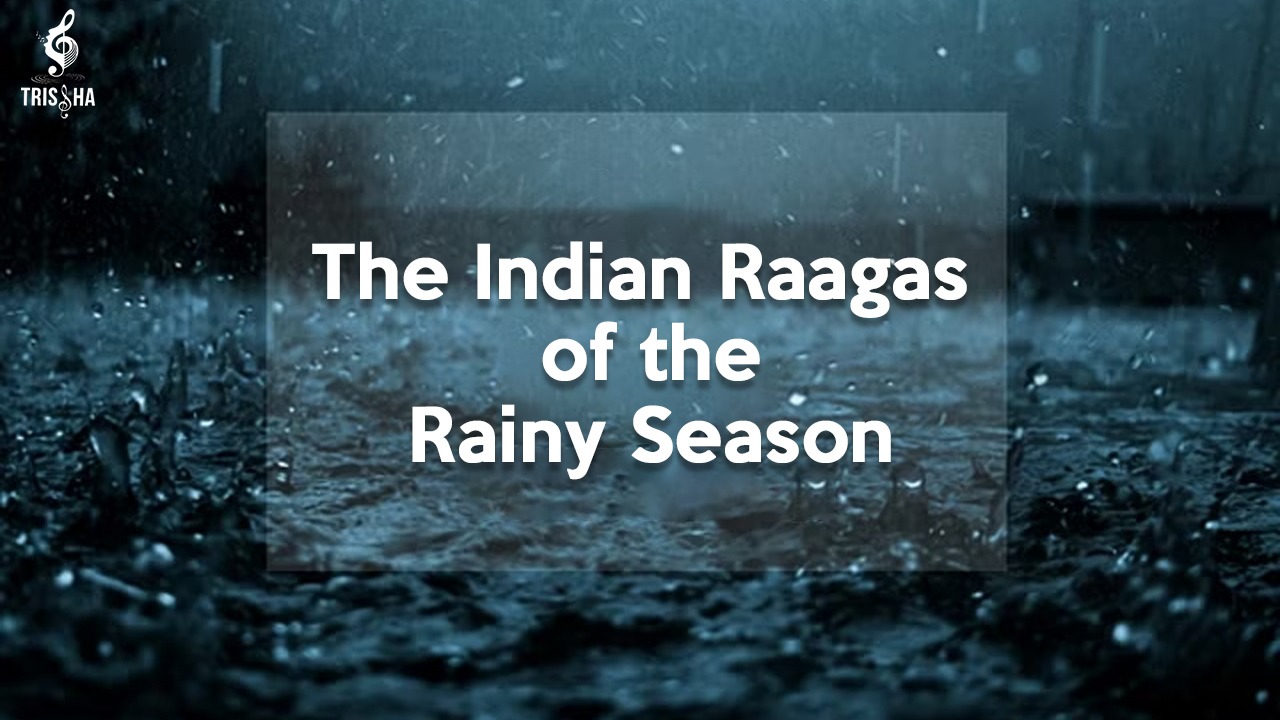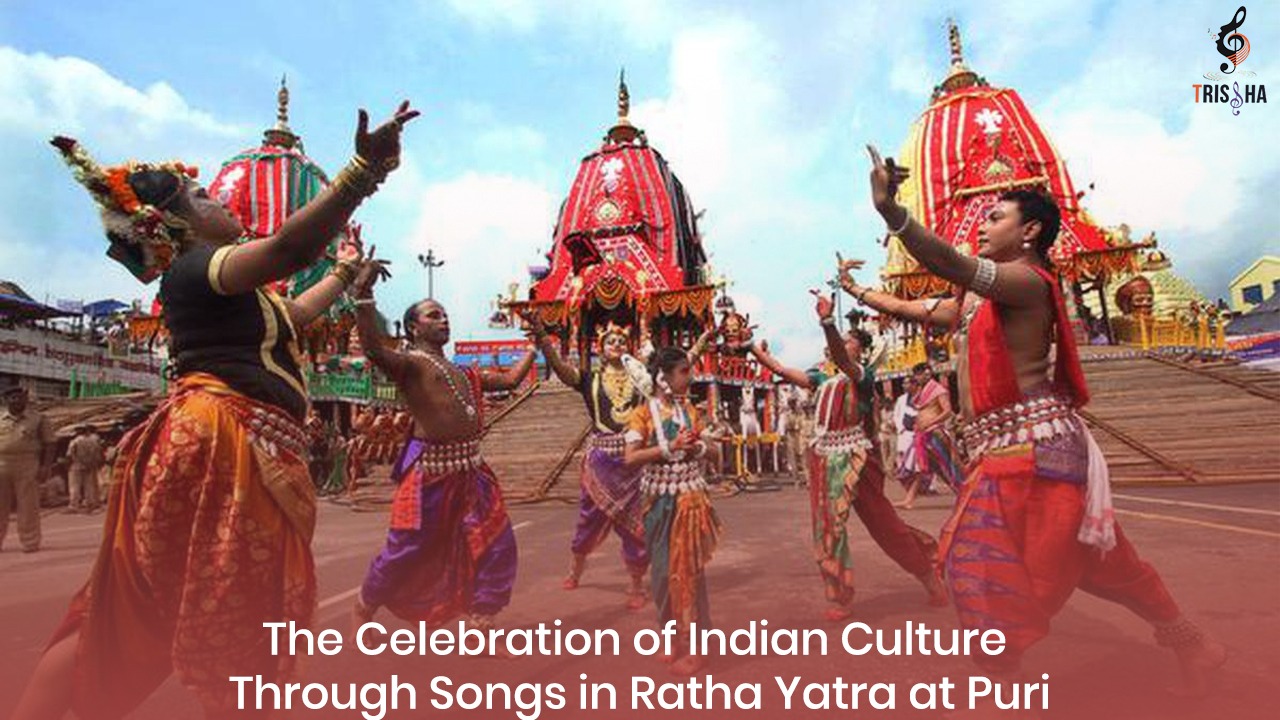The Indian Raagas of the Rainy Season
Monsoon in India is more than just a season; it is an experience that evokes a sense of rejuvenation and nostalgia. The onset of the rains brings a refreshing respite from the sweltering heat, and the landscape transforms into a lush green paradise. This transformation is beautifully captured and celebrated in Indian classical music through the monsoon raagas, a collection of melodic frameworks designed to evoke the emotions and ambiance of the rainy season. These raagas, steeped in tradition and enriched by centuries of cultural evolution, play a vital role in the musical tapestry of India.
The Significance of Monsoon Raagas
Raagas are fundamental to Indian classical music, each possessing a unique identity characterized by specific notes and melodic patterns. They are more than just scales; they are musical expressions that evoke particular moods and times of the day or year. Monsoon raagas are specifically crafted to capture the essence of the rainy season, often conveying feelings of longing, romance, joy, and the profound connection between nature and the human spirit.
Raag Miyan Ki Malhar
Among the various raagas associated with the monsoon, Raag Miyan Ki Malhar holds a special place. This raag is attributed to the legendary musician Miyan Tansen, one of the nine jewels of Emperor Akbar’s court. The raag is characterized by its rich and powerful notes, creating an aura of grandeur and reverence for the monsoon rains. It is said that Tansen’s rendition of Miyan Ki Malhar could bring about rain, highlighting the raag’s deep connection with the monsoon.
The structure of Miyan Ki Malhar includes the use of both the shuddha (natural) and tivra (sharp) forms of the note ‘Ma,’ adding a unique flavor to the raag. The oscillation between these forms, along with the use of komal (flat) notes, creates a dynamic and expressive melody that mirrors the unpredictability and intensity of the monsoon showers.
Raag Desh
Raag Desh is another prominent monsoon raag, known for its serene and soothing qualities. Unlike the dramatic and intense Miyan Ki Malhar, Raag Desh evokes a gentle and calming atmosphere, reminiscent of the light drizzle and the cool breeze that accompany the early monsoon showers. The raag’s structure emphasizes the notes ‘Re’ and ‘Pa,’ and its phrases often employ a graceful glide between notes, adding to its tranquil nature.
Raag Desh is frequently performed in various forms, including classical vocal, instrumental music, and light classical genres like thumri and ghazal. Its versatility and appeal make it a favorite among musicians and listeners alike, often evoking images of lush green fields and the soothing sound of raindrops.
Raag Megh
True to its name, which means “cloud,” Raag Megh captures the essence of the monsoon clouds and their promise of rain. This raag is known for its simplicity and depth, often creating an atmosphere of anticipation and longing. The use of the notes ‘Sa,’ ‘Re,’ and ‘Pa’ in a straightforward yet evocative manner gives Raag Megh its distinct character.
Raag Megh is traditionally performed during the rainy season and is believed to have the power to invoke rain. Its hauntingly beautiful melodies have found their way into various forms of Indian music, from classical renditions to contemporary compositions, each interpretation bringing out the raag’s timeless appeal.
Raag Malhar Variations
The Malhar family of raagas is extensive, with several variations that explore different facets of the monsoon season. Some notable variations include:
- Gaud Malhar: A blend of Raag Gaud and Malhar, this raag is known for its intricate and ornate phrases, creating a rich tapestry of sound that captures the complexity of the monsoon.
- Ramdasi Malhar: This variation combines elements of Raag Ramdasi with Malhar, resulting in a unique melody that balances devotion and the celebratory spirit of the rains.
- Megh Malhar: A combination of Raag Megh and Malhar, this raag intensifies the evocative power of both, creating a profound sense of yearning and fulfillment associated with the monsoon.
Conclusion
The monsoon raagas of Indian classical music are a testament to the deep connection between nature and art in Indian culture. These raagas not only celebrate the beauty and vitality of the rainy season but also evoke a range of emotions that resonate with listeners on a profound level. As the raindrops fall and the earth awakens to the rhythm of the monsoon, the melodies of these raagas offer a timeless soundtrack to one of nature’s most enchanting spectacles.







There are no comments